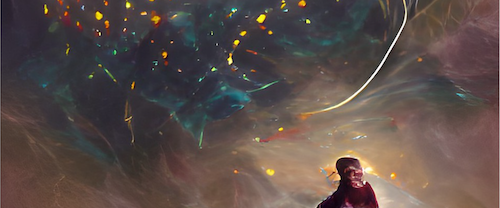I will describe a method to reconstruct the initial conditions responsible for the cosmic web observed in the low-z universe, and present results of hydrodynamic simulations using these initial conditions. These simulations can be used to understand how the gas components in the local cosmic web evolve with time to produce the gaseous structures we see today.
The evolution of galaxies is linked to the growth of large scale structure in ways that are still poorly understood. This is, in part, because deep, wide-field spectroscopy is essential for associating individual galaxies with specific environments. I will summarize results from the GOGREEN imaging and spectroscopic survey of 21 galaxy clusters at 1<z<1.5. While we do find evidence that...
The protocluster’s (PC’s) are the densest region in the early universe, and many of them have recently been discovered. In high-density regions, galaxy formation is faster and star formation is more active than in the low-density environment. Therefore, PC is important for understanding both the evolution of galaxies and the cosmic star formation history in the Universe. We study the PC’s star...
The “cosmic noon” era is recognized as pivotal, but it has been challenging to connect early galaxies’ properties to the large-scale structures in which they are growing. An exciting method to chart the z~2.5 universe is to map the intergalactic medium by measuring Lyman-alpha absorption in the spectra of many faint galaxies. These maps provide a unique means to detect and study protoclusters...
By analyzing the morphology, color, & distribution of cluster galaxies, we can study the evolution of protoclusters into clusters and determine how environment impacts the transformation of high-z star-forming galaxies into low-z red sequence galaxies. While many high-z red sequence galaxies are found in clusters/protoclusters out to z ~ 2, determining when the protocluster environment impacts...
In this presentation, I will first present the impact of large scale environment on the recent building-up of about 415 clusters of galaxies from the IllustrisTNG simulation. The mass of clusters mainly influences the geometry of the matter distribution: massive halos are significantly more elliptical and more connected to the cosmic web than low-mass ones. Beyond the mass-driven effect,...

